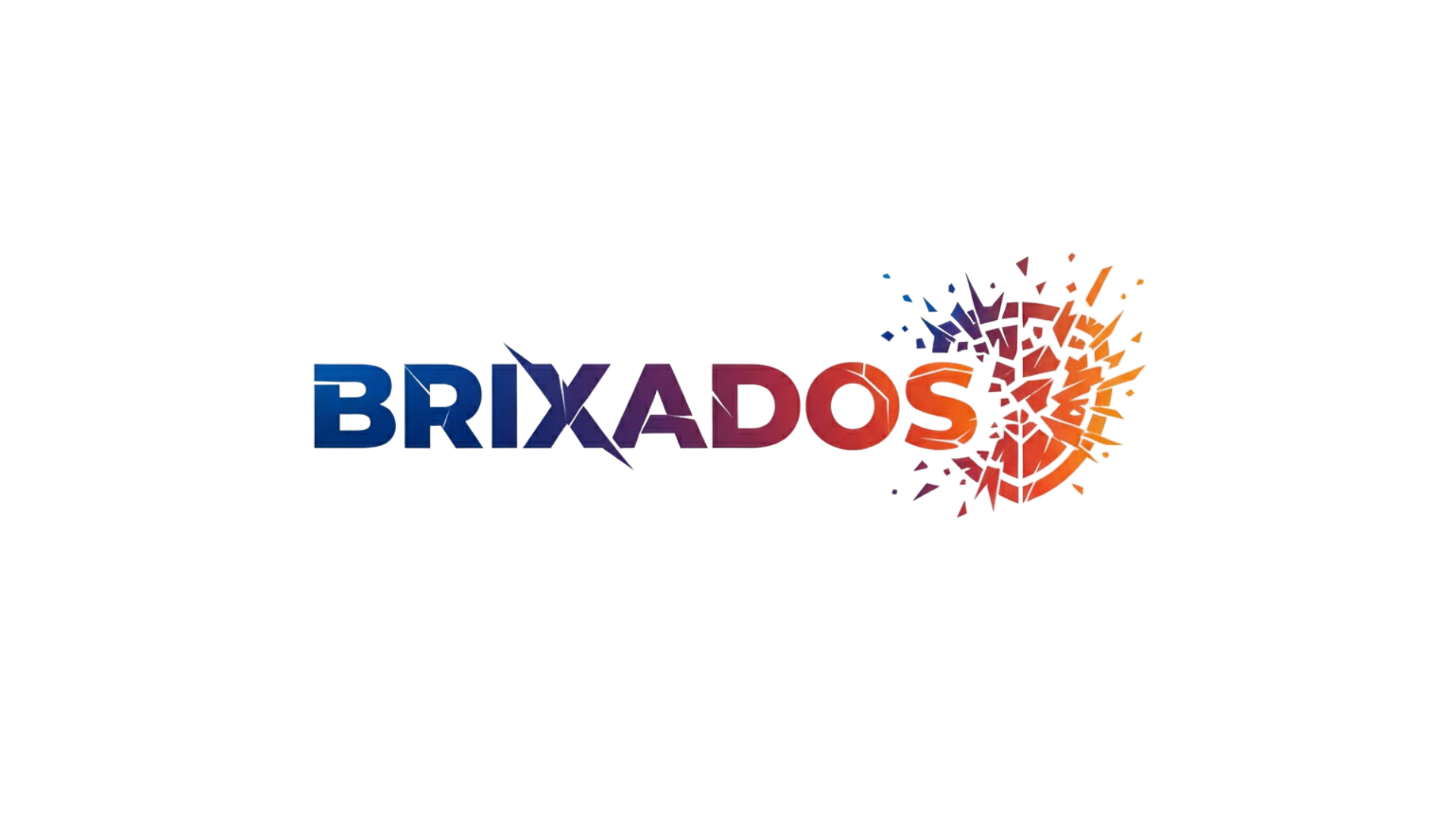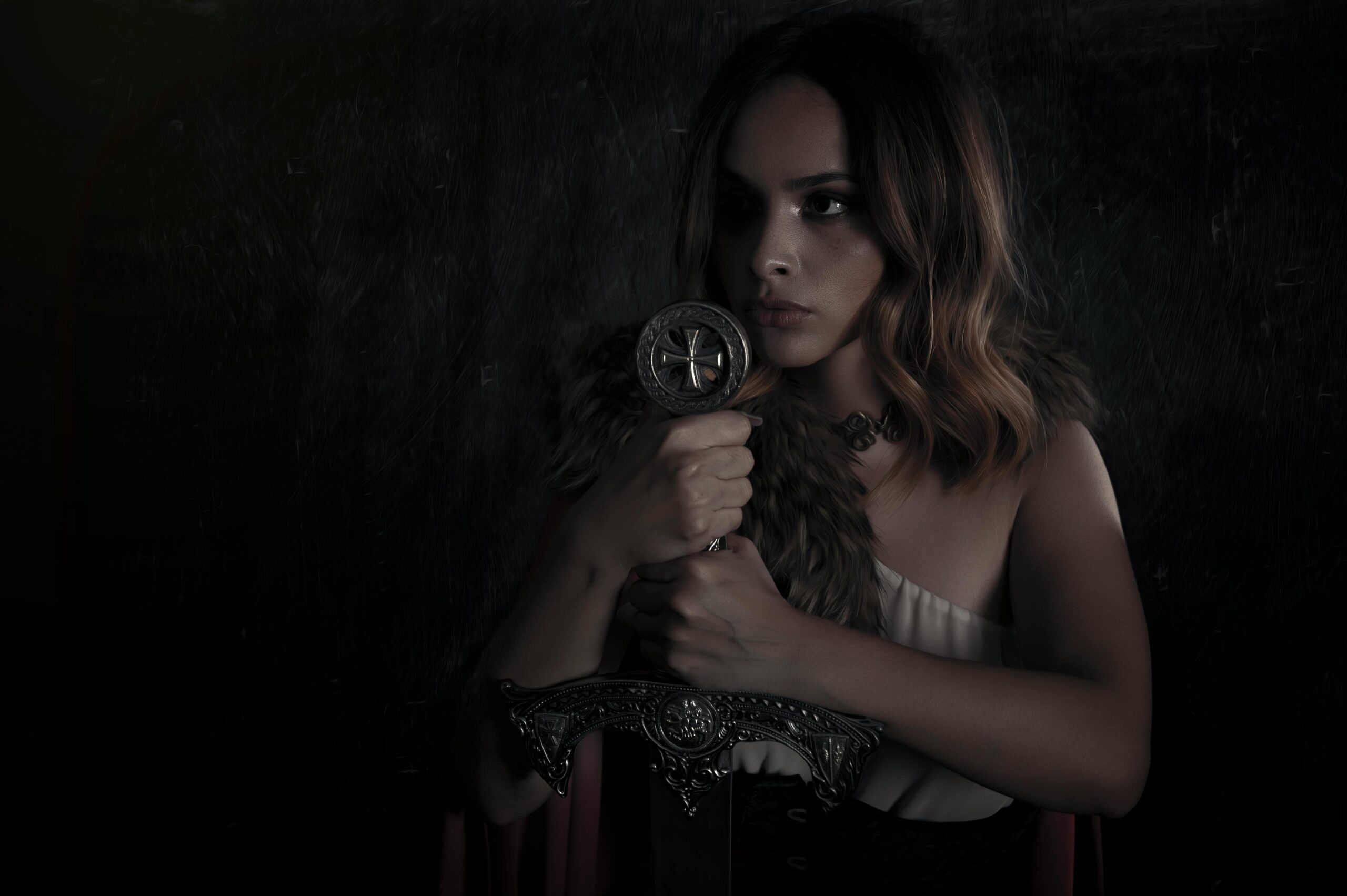Mythic storytelling has captivated audiences for millennia, weaving universal truths into narratives that resonate across cultures, generations, and mediums. Today’s content creators can harness this ancient power.
🌟 The Eternal Appeal of Mythic Narratives
From the earliest cave paintings to blockbuster films, humanity has always been drawn to stories that speak to something deeper than surface-level entertainment. Mythic storytelling taps into the collective unconscious, accessing archetypal patterns that feel instinctively familiar yet endlessly fascinating. These narratives don’t just tell us what happened—they reveal who we are and who we might become.
The framework of mythic storytelling isn’t confined to ancient legends or fantasy epics. Modern marketers, filmmakers, novelists, and brand strategists are rediscovering that the same patterns Joseph Campbell identified in his groundbreaking work continue to captivate contemporary audiences. When we understand the mechanics of myth, we unlock a powerful toolkit for creating content that doesn’t just attract attention but creates lasting emotional connections.
The beauty of mythic storytelling lies in its flexibility. Whether you’re crafting a thirty-second advertisement, a feature-length screenplay, or a social media campaign, the principles remain remarkably consistent. The hero’s journey, the mentor figure, the threshold crossing—these elements transcend format and medium, speaking directly to fundamental human experiences.
Understanding the Mythic Framework: Core Components
At the heart of every compelling mythic narrative lies a recognizable structure. This isn’t about formulaic writing or creative constraint—it’s about understanding the psychological scaffolding that makes stories memorable and meaningful. When audiences encounter familiar patterns, they engage more deeply because the narrative architecture feels intuitively right.
The Journey Structure That Never Gets Old
The hero’s journey remains the most recognized mythic framework, and for good reason. This monomyth structure identifies common stages that appear across virtually all cultural traditions: the call to adventure, the refusal of the call, meeting the mentor, crossing the threshold, tests and allies, the ordeal, the reward, and the return transformed.
But here’s what many creators miss: you don’t need to include every stage. The power comes from understanding which elements resonate most strongly with your specific story and audience. A commercial might focus exclusively on the transformation moment, while a novel might luxuriate in the trials and tribulations of the middle journey.
Contemporary storytellers are finding innovative ways to subvert, remix, and reimagine these classic structures. The ordinary world might be a dystopian future. The mentor might betray the hero. The return home might reveal that home has fundamentally changed. These variations work precisely because they play against established expectations.
Archetypal Characters: More Than Stock Figures
Archetypes are often misunderstood as stereotypes, but they’re actually the opposite. Where stereotypes flatten and reduce, archetypes provide depth and universal resonance. The Hero, Mentor, Shadow, Threshold Guardian, Herald, Shapeshifter, and Trickster aren’t rigid character types—they’re functions that characters fulfill within narratives.
The most sophisticated stories allow characters to embody multiple archetypes at different moments. Your protagonist might be the Hero in their own journey while simultaneously serving as the Mentor to another character. The Shadow isn’t necessarily a villain but might represent the protagonist’s rejected or suppressed qualities.
Understanding archetypal functions helps creators develop characters with authentic depth. Rather than asking “what would this character do?” you can ask “what archetypal function does this character serve at this moment?” This perspective opens up creative possibilities while maintaining narrative coherence.
🎭 Applying Mythic Principles Across Modern Media
The true test of any framework is its practical application. Mythic storytelling principles translate remarkably well across diverse media formats, from traditional publishing to emerging digital platforms. The key is understanding how to adapt timeless patterns to contemporary contexts and audience expectations.
Mythic Marketing: Building Brands Through Story
The most successful brands understand they’re not selling products—they’re offering audiences a role in an ongoing narrative. Apple positions customers as creative rebels challenging the status quo. Nike frames athletic achievement as a heroic journey of self-overcoming. These aren’t accidents; they’re deliberate applications of mythic storytelling principles.
Effective brand storytelling identifies where the customer fits in the mythic framework. Crucially, the customer is the hero—not the brand. Your product or service plays the role of the magical aid, the mentor’s gift, or the threshold guardian’s key. This reframing transforms marketing from interruption to invitation.
Consider how you position your audience’s current situation as the “ordinary world” and your offering as the catalyst for transformation. What’s the call to adventure you’re extending? What fears (refusal of the call) might prevent engagement? How can you serve as the wise mentor guiding them toward their desired transformation?
Digital Narratives and Interactive Storytelling
Video games represent perhaps the most literal application of the hero’s journey in modern media. Players don’t just watch the hero’s transformation—they experience it directly. This participatory dimension creates unprecedented emotional investment when executed effectively.
Social media storytelling requires compressing mythic arcs into bite-sized formats. A single Instagram post might capture the transformation moment. A Twitter thread could chronicle an entire journey in digestible chunks. TikTok creators have mastered the art of the micro-journey, delivering complete narrative arcs in sixty seconds or less.
The challenge and opportunity of digital platforms lies in fragmentation and serialization. Rather than presenting a complete journey in one sitting, creators can unfold mythic narratives across multiple touchpoints, building anticipation and deepening engagement over time.
The Psychology Behind Mythic Resonance
Why do mythic patterns work so consistently across cultures and eras? The answer lies in human psychology and the way our brains process narrative information. Stories aren’t just entertainment—they’re fundamental to how we understand ourselves and navigate the world.
Neural Coupling and Emotional Transportation
Research in neuroscience reveals that when we engage with compelling narratives, our brains mirror the experiences of characters. This phenomenon, called neural coupling, means audiences literally feel what story characters feel. Mythic narratives maximize this effect by tapping into universal emotional experiences—fear, courage, loss, transformation, belonging.
When a narrative successfully transports an audience, critical faculties temporarily suspend. This isn’t manipulation—it’s the natural state of deep engagement. The mythic framework facilitates this transportation by providing familiar signposts that allow audiences to surrender to the experience without getting lost.
The transformation at the heart of mythic journeys mirrors the psychological process of change that humans experience in real life. We recognize these patterns because we’ve lived them: facing challenges, receiving guidance, discovering inner resources, emerging changed. Stories that honor this process feel authentic even when their surface details are fantastical.
Cultural Universals and Specific Applications
While mythic patterns appear across cultures, their specific expressions vary significantly. A Japanese hero’s journey differs in important ways from a West African or Scandinavian version. Effective storytellers understand both the universal framework and the cultural specifics that make narratives resonate with particular audiences.
This balance between universal and particular is where true artistry emerges. The framework provides structure, but authentic cultural expression provides soul. Stories that feel both familiar and fresh achieve this synthesis, offering audiences the comfort of recognition alongside the excitement of discovery.
⚡ Crafting Your Mythic Narrative: Practical Steps
Understanding theory is valuable, but application is everything. Here’s how to systematically develop narratives using mythic storytelling principles, regardless of your medium or format.
Identifying Your Core Transformation
Every powerful mythic narrative centers on a transformation. Before worrying about plot details or character names, identify the essential change at your story’s heart. What does your protagonist (or audience) believe, value, or understand at the beginning? How does that shift by the end?
This transformation should be both external and internal. The hero might defeat the monster (external) while overcoming their own fear or prejudice (internal). The most satisfying narratives ensure these two dimensions mirror and reinforce each other. External obstacles reflect internal barriers; overcoming one facilitates conquering the other.
Write your transformation as a simple before-and-after statement: “A fearful person becomes courageous” or “An isolated individual discovers community.” This clarity will guide every subsequent decision about your narrative.
Mapping Your Mythic Architecture
With your core transformation identified, map which elements of the mythic framework serve your specific story. You might create a simple table:
| Mythic Element | Your Story Application | Purpose |
|---|---|---|
| Ordinary World | Small town where everyone knows everyone | Establish baseline and what’s at stake |
| Call to Adventure | Mysterious letter arrives | Disruption that demands response |
| Mentor | Eccentric aunt with hidden past | Provides wisdom and magical aid |
| Ordeal | Confronting family secret | Moment of greatest challenge/risk |
| Return Transformed | Brings new understanding to community | Demonstrates complete transformation |
This mapping process reveals gaps in your narrative structure and ensures all elements work toward your core transformation. It also highlights opportunities for innovation—perhaps your story needs two mentors or features multiple ordeals.
Developing Archetypal Depth
Once your structure is mapped, deepen your characters by clarifying their archetypal functions. Remember that complex characters embody multiple archetypes at different moments. Your protagonist might be primarily the Hero but occasionally function as the Trickster or even the Shadow.
For each major character, identify their primary archetypal function and how they facilitate the protagonist’s transformation. The Threshold Guardian shouldn’t exist just to create obstacles—they test whether the hero is ready to proceed. The Shapeshifter introduces uncertainty that forces growth. Every archetype serves the transformation.
🚀 Avoiding Common Mythic Storytelling Pitfalls
Understanding the framework doesn’t guarantee success. Many creators stumble when applying mythic principles, often by treating them too rigidly or superficially.
The Formula Trap
The biggest danger is treating the mythic framework as a formula to be mechanically followed. Audiences can smell paint-by-numbers storytelling instantly. The framework should guide, not dictate. It’s a starting point for creative exploration, not a restriction on imagination.
If your narrative feels obligated to hit every beat of the hero’s journey simply because that’s the structure, you’re doing it wrong. Include elements because they serve your specific story and transformation, not because they appear on a checklist.
Surface-Level Archetyping
Another common mistake is using archetypes as character shortcuts rather than sources of depth. Creating a “mentor character” who dispenses wisdom doesn’t automatically make your story mythic. The archetype must be earned through meaningful relationships and genuine transformation.
The best archetypal characters surprise us while still fulfilling their narrative function. The mentor might have their own unresolved wounds. The shadow might present genuinely compelling arguments. Depth comes from honoring the complexity of human nature while maintaining clear archetypal functions.
Measuring Mythic Success: Engagement Metrics That Matter
How do you know if your mythic storytelling is working? Different metrics matter depending on your medium and goals, but some indicators transcend format.
Emotional Resonance Indicators
The most reliable measure of mythic storytelling success is emotional response. Are audiences emotionally moved? Do they report feeling transported? Are they discussing the story’s deeper meanings? These qualitative indicators often matter more than quantitative metrics.
In digital contexts, watch for signs of deep engagement: lengthy read times, high completion rates, passionate comments, and widespread sharing. Audiences don’t share content simply because it’s well-executed—they share when something resonates at a personal level.
For brands using mythic storytelling, customer loyalty and advocacy are key indicators. Are people identifying with your narrative? Do they see themselves as part of your story? Are they voluntarily becoming ambassadors? These behaviors suggest your mythic framework is working.
Long-Term Impact and Memorability
Truly mythic stories endure. They’re remembered, referenced, and revisited. While immediate metrics provide useful feedback, the ultimate test is whether your narrative has staying power. Does it continue generating discussion weeks, months, or years later?
This longevity comes from addressing universal themes through specific, memorable expressions. The stories we remember aren’t necessarily the most polished or technically perfect—they’re the ones that touch something essential in human experience.
🎯 The Future of Mythic Storytelling
As technology evolves and media landscapes shift, the fundamental power of mythic storytelling remains constant. However, new platforms and possibilities are emerging that offer exciting opportunities for innovative applications.
Immersive and Virtual Narratives
Virtual reality and augmented reality technologies promise unprecedented immersion in mythic narratives. Imagine experiencing the hero’s journey not as a viewer or reader but as a fully embodied participant. These technologies could deepen neural coupling and emotional transportation in ways we’re only beginning to understand.
The challenge will be adapting mythic frameworks to account for participant agency and non-linear experiences. How does the hero’s journey function when multiple paths are possible? How do archetypes operate in dynamically responsive environments? These questions will shape the next evolution of mythic storytelling.
Collaborative and Decentralized Storytelling
Digital platforms enable unprecedented collaborative storytelling, where audiences don’t just consume narratives but actively shape them. This participatory dimension aligns beautifully with mythic principles—after all, traditional myths evolved through countless retellings and adaptations.
The wisdom of crowds can refine and improve mythic narratives, identifying which elements resonate most strongly and which need revision. This collaborative approach returns storytelling to its oral tradition roots while leveraging modern connectivity.

Embracing Your Role as Modern Myth-Maker
Every creator working with narrative—whether you’re writing novels, designing games, producing videos, or crafting marketing campaigns—is participating in humanity’s oldest tradition. Mythic storytelling isn’t a relic of the past but a living practice that adapts to each generation’s needs and technologies.
The framework outlined here isn’t meant to constrain your creativity but to liberate it. By understanding the deep patterns that make stories resonate, you can craft narratives that feel both fresh and timeless, innovative and familiar. You’re not just creating content—you’re tapping into the same source that generated humanity’s most enduring stories.
Your unique voice and vision, filtered through mythic principles, can produce work that truly captivates audiences. The power of myth isn’t about replicating the past but about recognizing what remains constant in human nature while expressing it in ways that speak to contemporary concerns and contexts.
Start by identifying the transformation at your story’s heart. Map your mythic architecture thoughtfully. Develop archetypal depth in your characters. Avoid formulaic thinking while honoring time-tested patterns. Most importantly, trust that these ancient frameworks, properly understood and applied, can help you create narratives that not only engage audiences but genuinely enrich their lives. The myths we need today are waiting to be told—will you be the one to tell them? 🌟
Toni Santos is a myth-psychology researcher and narrative writer exploring how archetypes, symbols and human story converge to shape mind, culture and meaning. Through his studies on the collective unconscious, comparative mythology and symbolic dream interpretation, Toni examines how the myths we tell reflect the patterns we live — and how awareness of these patterns can spark transformation. Passionate about hero’s journeys, mythic motifs and dream-language, Toni focuses on how story acts as both mirror and map for inner depth and growth. His work highlights the bridges between myth, psyche and culture — guiding readers toward a deeper encounter with themselves and the stories they carry. Blending psychology, mythology and narrative theory, Toni writes about the hidden architecture of meaning — helping readers understand how symbols, stories and dreams shape experience and identity. His work is a tribute to: The power of myth to reveal the unseen structures of psyche The journey from archetype to individual lived story The art of dream-language as a path to wholeness Whether you are a storyteller, psychologist or traveller in the inner landscape, Toni Santos invites you to explore the mythic dimension of mind — one symbol, one myth, one insight at a time.




